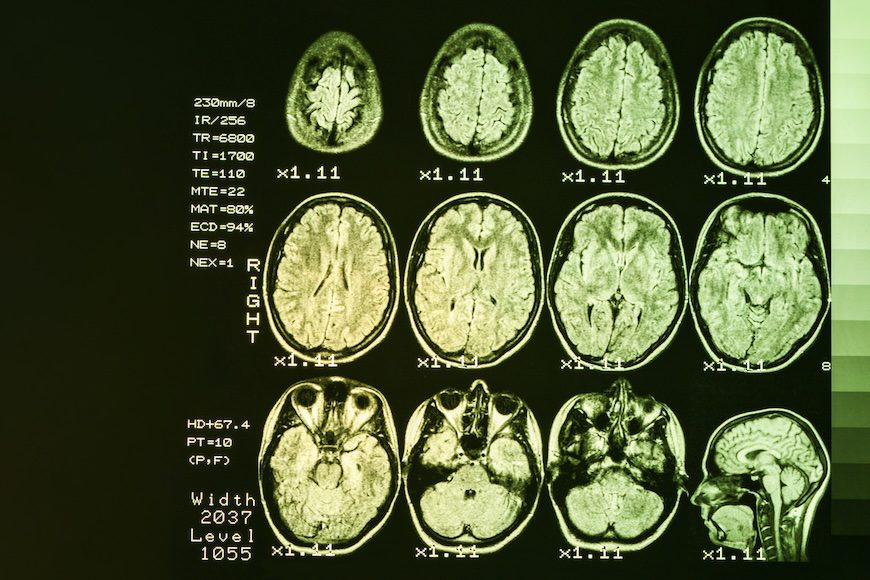This week, we look at a case report involving hallucinations, a connection between concussions and mental health, and new insight into suicide.
Hemodialysis Offers Helps
A recent case – appearing this week in The Primary Care Companion of CNS Disorders – highlights a unique occurrence of unilateral visual hallucinations in a patient with uremia, a condition marked by toxic blood waste buildup due to kidney dysfunction. Typical symptoms include cognitive decline, fatigue, and nausea.
And even though bilateral visual hallucinations aren’t uncommon with uremia patients, unilateral visual hallucinations are exceedingly rare. Previous research linked them to distinct conditions such as occipital epilepsy and retinal migraines.
The patient in this case study – a man in his late 40s with type 1 diabetes and stage 3 chronic kidney disease – presented with distress and suicidal thoughts after months of persistent, right-eye visual problems. He told doctors he felt like he was looking through a “red lens.” He complained of several small, moving dots in his right eye. His eye felt fine.
An outpatient provider originally diagnosed him with a simple migraine. But his symptoms not only persisted, but they deteriorated enough to warrant hospitalization.
Upon admission, doctors told him his kidney disease had gotten worse. Blood tests revealed critically high blood urea nitrogen (BUN) and creatinine levels. After starting hemodialysis, his visual symptoms resolved completely.
One year later, the patient endured similar hallucinations after missing a few hemodialysis sessions. But hemodialysis once again alleviated his symptoms.
The case shows that while uremia typically leads to bilateral visual effects, it can, in certain situations, spawn unilateral hallucinations.
Doctors dismissed other potential causes – such as migraines or retinal issues – since dialysis appeared to resolve the problem. This case suggests that similar patients with unusual visual symptoms and risk factors like diabetes could benefit from metabolic assessments instead of relying on neurological explanations.
Doctors discharged the patient with a routine hemodialysis schedule to stave off recurrence, reinforcing the importance of early kidney disease management.
IN OTHER PSYCHIATRY AND NEUROLOGY NEWS
- In The Journal of Clinical Psychiatry, research shows that individuals with a history of concussions had a higher risk of severe maternal mental illness.
- JCP published data on a large French sample that exposes insight into MDD and suicide attempts.
- PCC also reports on a case report that illustrates the challenges of diagnosing and treating psychogenic nonepileptic seizures.
- A narrative review that advocated for better collaboration between neuropsychologists and physicians.
- And, of course, we have more research on PTSD and trauma.



